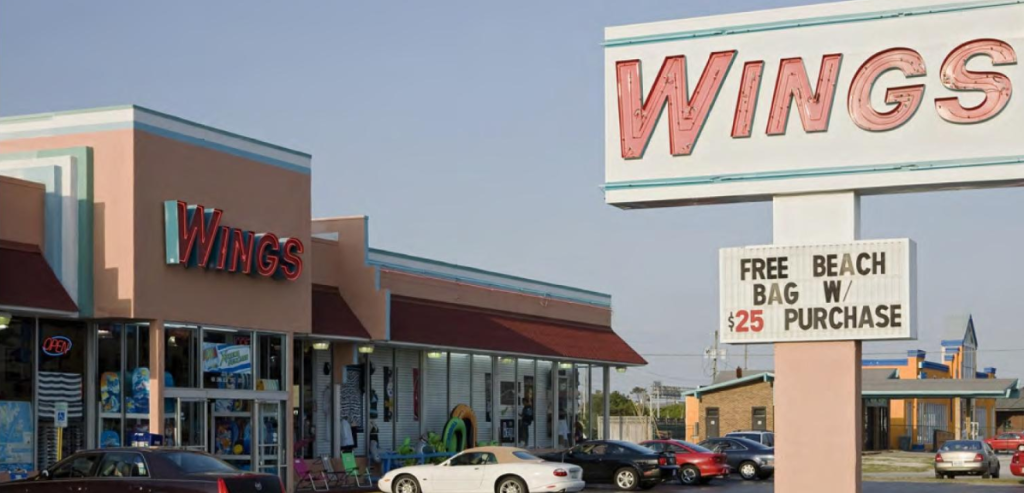by Dennis Crouch
The Supreme Court will soon consider whether to hear an important case about fraud on the court (and the USPTO) and the judiciary's obligation to address it. Marco Destin, Inc. v. Levy, Case No. 24-787. The issue now before the Court asks whether it was proper for the lower court to overlook fraud that affects the judicial process itself in favor of finality of judgment. [Marco Destin Petition]
Fraud cases are typically interesting reads, and this one fits the bill. In 1993, L&L Wings entered into a trademark license agreement with Shepard Morrow for the use of the "WINGS" mark in retail store services -- particularly for use on beach merchandise. L&L Wings made only the initial $10,000 royalty payment under the agreement, then defaulted on the remaining payments. Despite losing its rights to the mark, L&L Wings continued using the mark and even began sublicensing it to others, including Marco Destin (Alvin's Island) in 1998.
In 2007 L&L Wings (owned by respondents Shaul Levy and Meir Levy) sued Marco Destin for trademark infringement in the Southern District of New York. According to the cert petition, L&L's attorney Bennett Krasner knew at the time that L&L Wings had no rights to the mark, having personally negotiated the earlier failed licensing deal with Morrow. Yet the complaint omitted any mention of Morrow's ownership or L&L Wings' status as a former licensee.
During that litigation, Krasner allegedly deepened the deception by obtaining a federal trademark registration for "WINGS" through what the petition characterizes as fraudulent representations to the USPTO. The application claimed L&L Wings had been in "continuous high-profile use" of the mark for nearly 30 years and failed to disclose Morrow's prior ownership. After obtaining the registration, Krasner introduced it as evidence in the New York case, leading to summary judgment against Marco Destin and ultimately a $3.5 million settlement.
The fraud only came to light years later through separate litigation in North Carolina between L&L Wings and Beach Mart. There, a jury found that L&L Wings had knowingly made false representations to the USPTO to obtain the WINGS registration. The court canceled the registration and awarded $12.5 million in punitive damages. This verdict drove L&L Wings into bankruptcy.
Armed with evidence of the fraud, Marco Destin sought to vacate the earlier $3.5 million settlement through an independent action authorized under Federal Rule of Civil Procedure 60(d)(3). As suggested above, all of this is part of the L&L Wings bankruptcy proceedings and and so Marco Destin is unlikely to obtain its full recovery even if it wins this case -- instead it will form part of the queue with the other creditors.
To continue reading, become a Patently-O member. Already a member? Simply log in to access the full post.
